Product Consultation
Your email address will not be published. Required fields are marked *
The footrest design in a bar stool plays a significant role in influencing user comfort and posture, especially during extended sitting sessions. A well-designed footrest supports proper ergonomics, reduces strain, and promotes good posture. Here are the key ways in which footrest design affects comfort and posture:
Support for Foot and Leg Positioning
Footrest Height and Placement: The height and position of the footrest are critical for ensuring that users can comfortably rest their feet while seated. A footrest that is too high or too low can force the legs into uncomfortable angles, leading to pressure points, muscle strain, or joint discomfort. Ideally, the footrest should allow users to place their feet flat, keeping their legs at a comfortable angle (typically around 90 degrees at the knee).
Footrest Depth: The depth of the footrest allows users to adjust their foot positioning. A deeper footrest gives users more flexibility to move their feet and find the most comfortable position, which helps with maintaining circulation and avoiding numbness in the feet or legs.
Relief from Pressure
Improved Circulation: By providing a place to rest the feet, a well-positioned footrest helps to improve circulation in the lower body. Without a footrest, users may shift their weight to their legs, causing pressure to build up in the thighs or calves. This can lead to discomfort or even swelling over time. A footrest can distribute the weight more evenly, providing relief and reducing strain.
Reduction of Leg Fatigue: Extended sitting without proper foot support can result in fatigue and muscle tension in the legs. A footrest helps counteract this by allowing users to change their posture and relieve pressure on the legs, which in turn can reduce overall discomfort.
Posture and Spine Alignment
Encouraging Proper Sitting Posture: A footrest encourages users to maintain a proper sitting posture by preventing the tendency to slouch or lean forward. Without a footrest, individuals may instinctively push their feet onto the stool's lower rung or swing their legs, leading to poor posture and potential back or neck strain. A footrest provides support, allowing users to sit more upright, which helps maintain the natural curve of the spine.
Prevention of Lower Back Pain: Poor posture from unsupported seating can lead to lower back pain over time. A footrest can reduce the inclination to slouch by offering support for the feet, thereby helping to keep the pelvis in a neutral position and reduce strain on the lower back. This is especially important in bar stools, where users are often perched at a height that may encourage improper posture.
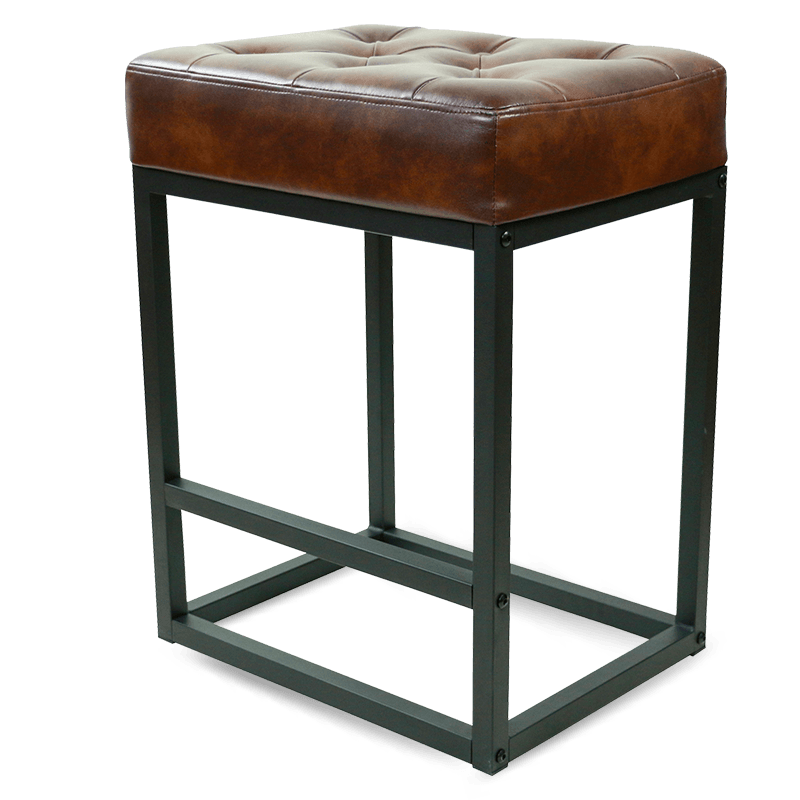
Improved Comfort and Flexibility
Adjustability: Some bar stools feature adjustable footrests, which allow users to customize the height and angle based on their body size and preference. This flexibility ensures that people of different heights can find an ideal sitting position, enhancing overall comfort and preventing discomfort during long sitting periods. Adjustable footrests can also help users vary their posture occasionally, which is important for muscle relief and joint health.
Footrest Design Variations: Footrests can be designed in a variety of ways, such as round, flat, or footring-style. A round or flat footrest gives users a flat, stable surface to rest their feet, while a footring-style provides a continuous loop around the stool, allowing for a more dynamic positioning of the feet. The right design depends on individual preference and the desired level of comfort.
Ergonomics and Long-Term Health
Knee and Hip Angle: A properly placed footrest helps maintain an ergonomic sitting posture by ensuring the knees are at a comfortable 90-degree angle. This is important for preventing joint discomfort in the knees and hips. Without proper support, users may shift their posture in ways that stress these areas, leading to discomfort or even long-term pain.
Prevention of Numbness and Tingling: Prolonged sitting without adequate foot support can lead to numbness or tingling in the legs due to poor circulation. A footrest, particularly one that allows for slight elevation or adjustment, helps keep blood flowing and avoids pressure on sensitive areas like the backs of the thighs or lower legs.
Reducing Muscle Strain
Weight Distribution: A footrest helps distribute the body’s weight more evenly, reducing the strain on specific muscles in the lower body. It allows the user to alternate between different positions, reducing the constant strain on the legs and hips. This is particularly important for people who use bar stools for long periods, such as in restaurants, bars, or home kitchens.
Encouraging Movement: A footrest not only provides support but also encourages slight shifts in posture or leg positioning. This can help prevent the stiffening of muscles that occurs when sitting in a fixed position for too long. By providing a place for the feet to rest or move, footrests can promote subtle movement that helps reduce overall muscle fatigue.
Footrest Material Considerations
Comfortable Materials: The material used for the footrest can also influence comfort. Rubberized or padded footrests can reduce pressure on the feet, while metal footrests may feel harder but are durable and easy to clean. The choice of material impacts the overall comfort and long-term wearability of the stool, especially for environments where users sit for extended periods.
How do the materials and finishes of bar stools impact their suitability for indoor versus outdoor use?
Dec 11,2024How do different mesh weaves impact the breathability and comfort of an office chair?
Dec 23,2024Your email address will not be published. Required fields are marked *
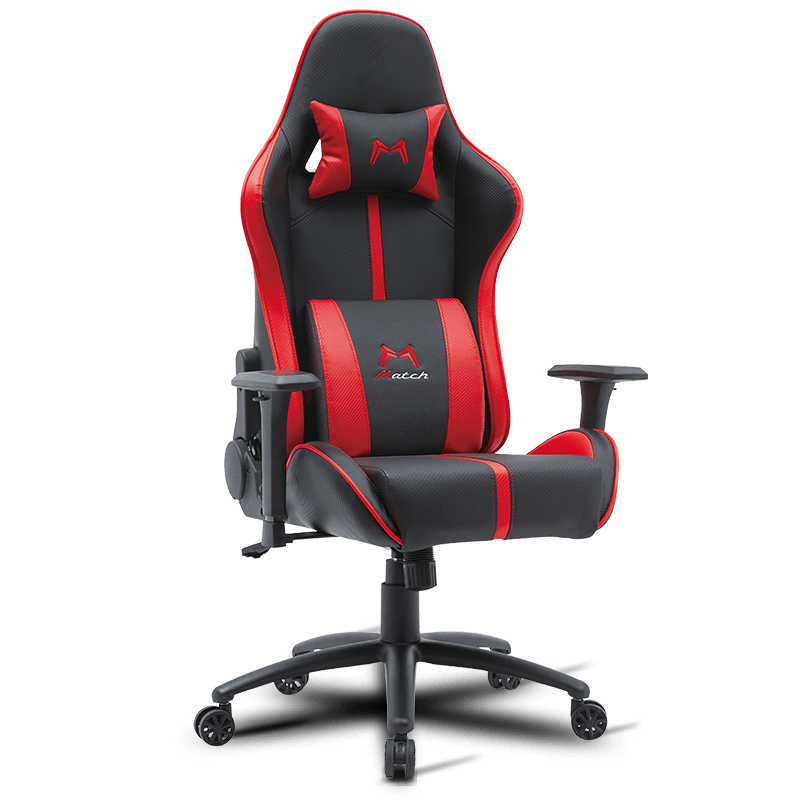
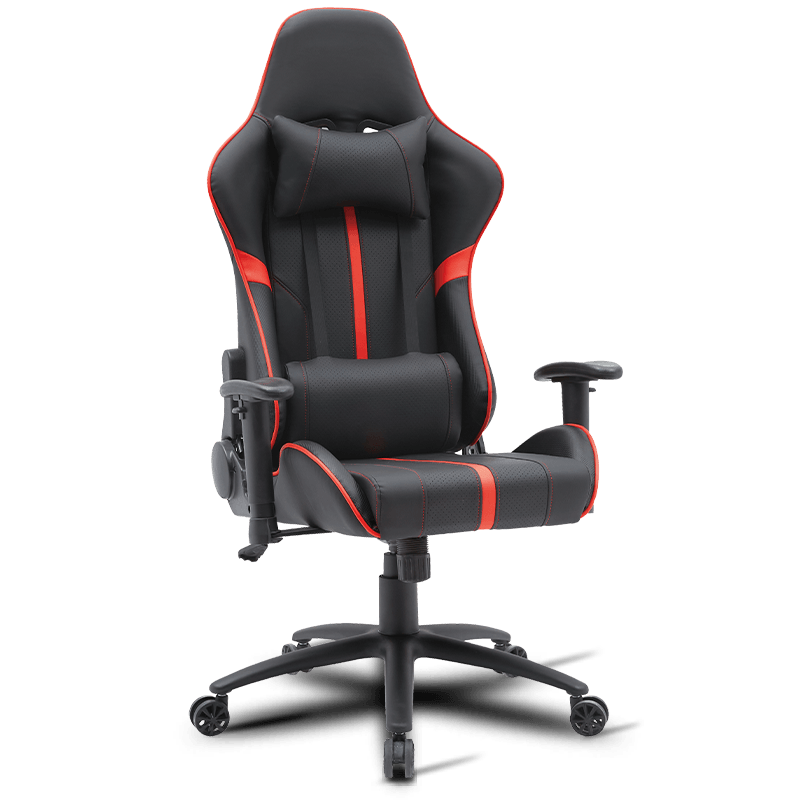
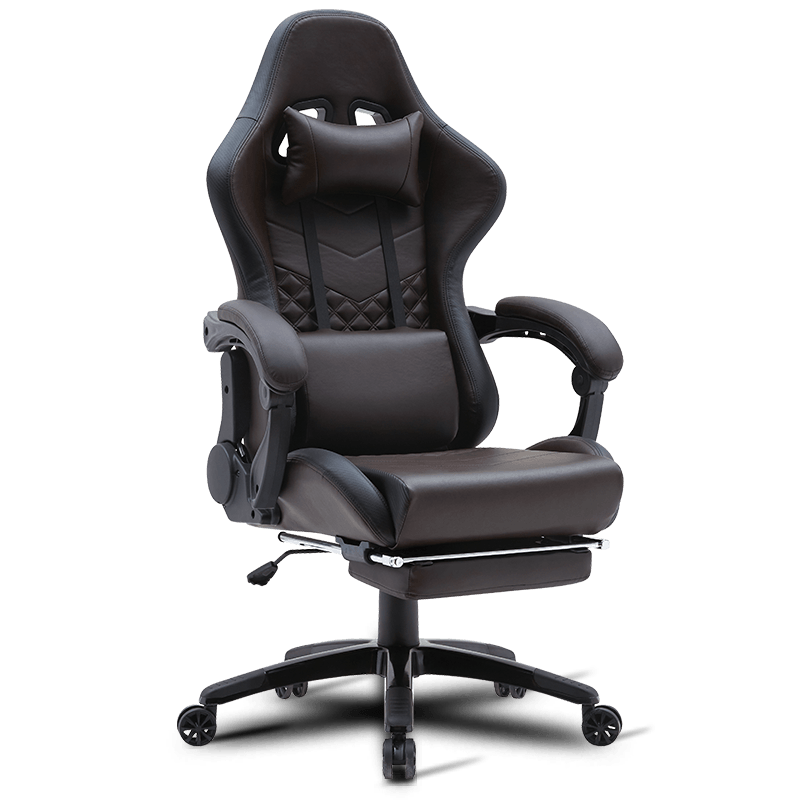
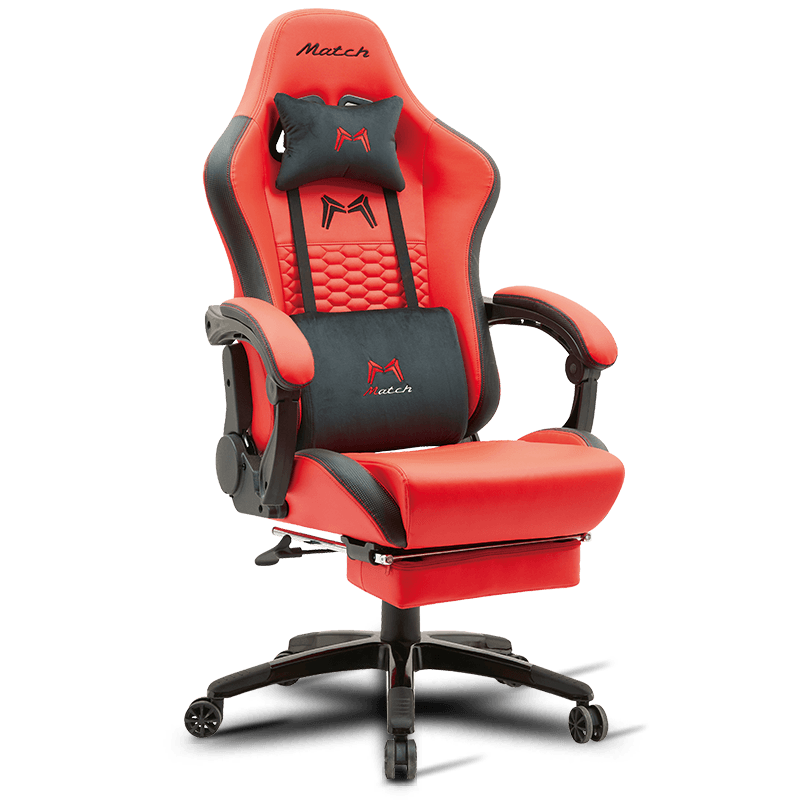
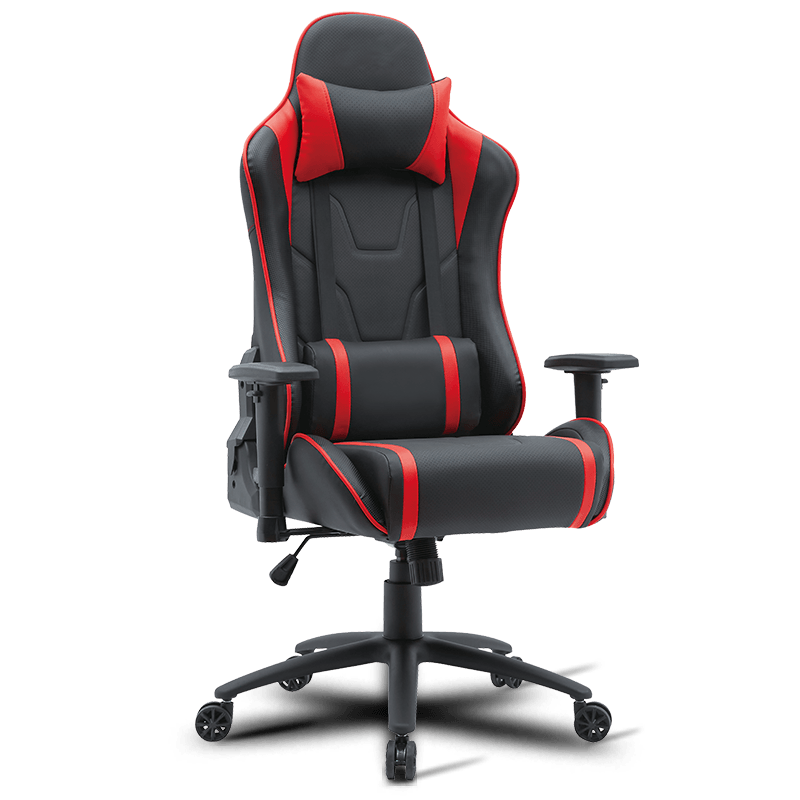
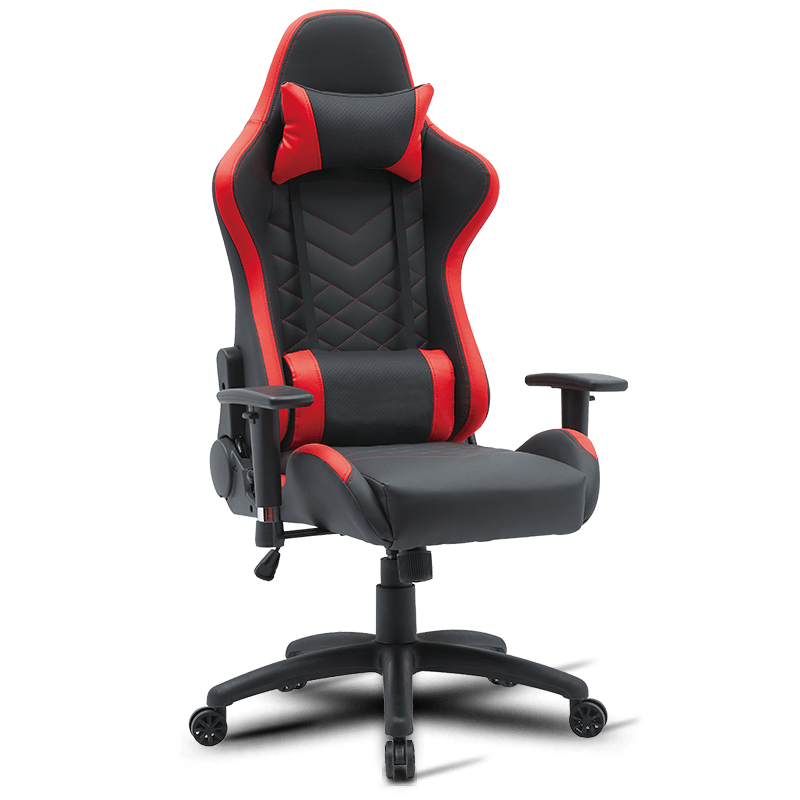
Tangpu, Huzhou, Zhejiang, China
0086-15088380506
Copyright © Anji Mingchuang Furniture Co., Ltd. All Rights Reserved.
